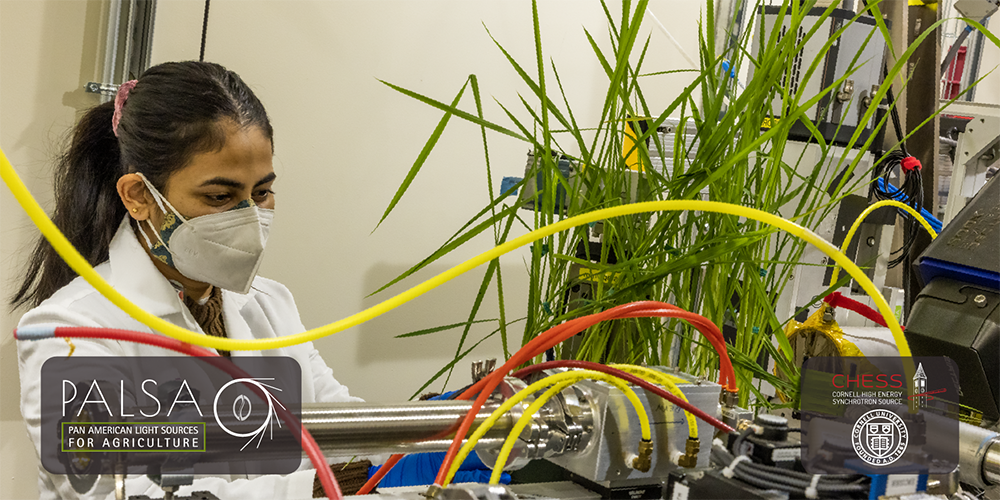Conveners
X-ray Methods & Resources for Agricultural Science: Facilities and Methods
- Chithra Karunakaran (Canadian Light Source)
- Zou Finfrock
- Arthur Woll (CLASSE)
Synchrotrons accelerate and bend electron beams in order to create tangential, high flux photons across a wide energy range. While synchrotrons are quite difficult to access with very expensive beamtime, there are several powerful analytical modalities accessible through this approach including X-ray crystallography, infrared microscopy, powder diffraction, X-ray absorption spectroscopy, and...
MOGNO beamline, from the 4th generation Light Source in Brazil, Sirius, will be focused on high throughput, time resolved experiments and multi-scale analysis. This beamline will work in high energies (22, 39 keV, and 67.5 keV), with a cone beam geometry that enables continuous magnification of the image, from ~55 µm to ~120 nm, known as zoom-tomography. In addition, MOGNO will be equipped...
Synchrotron light sources have provided x-ray-based tools that supported a wide range of research in biological, geological, geochemical, and environmental sciences for decades. The ongoing generational upgrade of the Advanced Photon Source (APS) facility takes advantage of a new light source design, better instrumentation, and novel methods. When completed, the upgraded APS will be one of the...
We describe and present examples of synchrotron-based confocal x-ray fluorescence microscopy (CXRF) employing custom-fabricated collimating channel array optics (CCAs), developed at the Cornell High Energy Synchrotron Source, which permit CXRF to be performed with micron-scale, achromatic resolution. Subsequent to their development, CHESS-fabricated CCAs have been employed as part of the APS...

